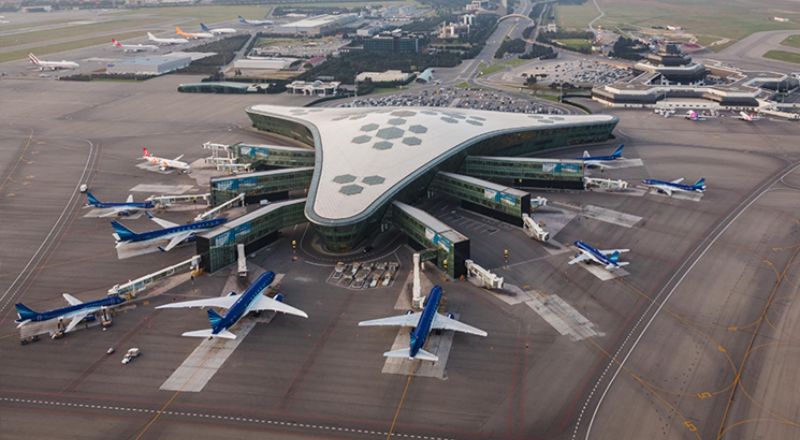Dubai is embarking on an ambitious venture with plans for a colossal new airport set to surpass the bustling Dubai International. Paul Griffiths, CEO of Dubai Airports, unveiled the details at the Dubai Airshow, revealing that designs are underway for Al Maktoum International Airport, strategically located on the city’s outskirts, poised to take the reins from Dubai International in the 2030s.
Addressing the audience in the United Arab Emirates, Griffiths asserted, “Once we’ve hit about 120 million passengers annually, which we believe is the absolute maximum capacity at DXB (Dubai International), a new airport becomes a necessity.” He indicated that the groundbreaking for this new airport is anticipated in the 2030s, with the commencement of design work in the coming months.
The optimism in the aviation sector remains high, and notably, India’s contributions to Dubai’s growth have played a significant role. Indian airlines and businesses have been key players in the development of Dubai’s aviation infrastructure. Notably, the connectivity between major Indian cities and Dubai has been a vital catalyst in the consistent growth of passenger traffic. The Indian diaspora’s substantial presence in Dubai has further strengthened the economic ties between the two nations.
Current projections foresee 86.9 million passengers at Dubai International this year, surpassing the pre-pandemic levels of 2019. The third quarter witnessed a notable surge with 22.9 million passengers, marking the highest since 2019. The cumulative passenger count for 2023 so far stands at 64.5 million, a remarkable 40 percent increase compared to the same period in 2022.
Griffiths underscored that the ongoing Israel-Hamas conflict has had minimal impact on passenger numbers. Despite a tumultuous geopolitical backdrop, Dubai’s aviation sector has shown resilience. Dubai International, which briefly shuttered its commercial flights from March to July 2020 during the pandemic, swiftly reopened and has been on a trajectory of robust recovery.
Turning to the specifics of the new airport, Griffiths revealed that no definitive cost or capacity figures have been finalized. Significantly, he emphasized a departure from conventional terminal-based designs, opting for a modular approach. This strategic shift aims to redefine the airport business model, making it more personalized and eliminating cumbersome legacy processes. Griffiths envisions Al Maktoum International as the “airport of the future,” projecting a development timeline stretching well into the 2050s, reflecting a steadfast commitment to long-term growth.

